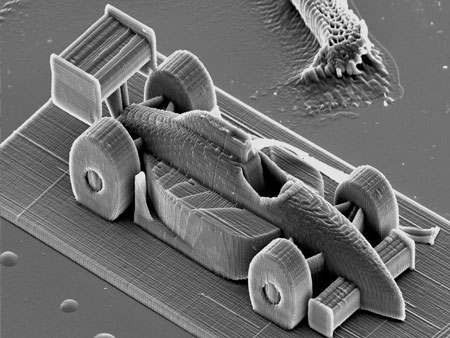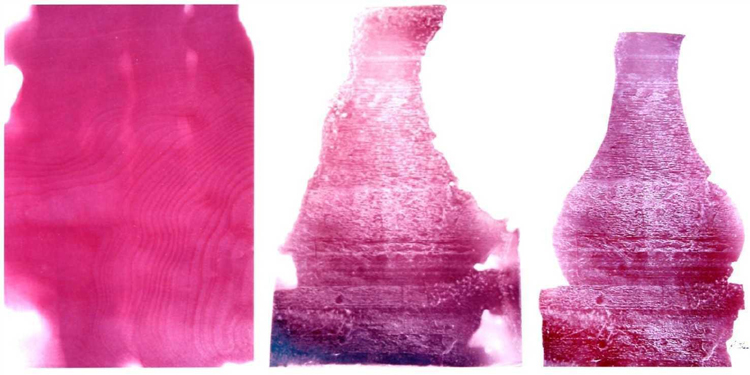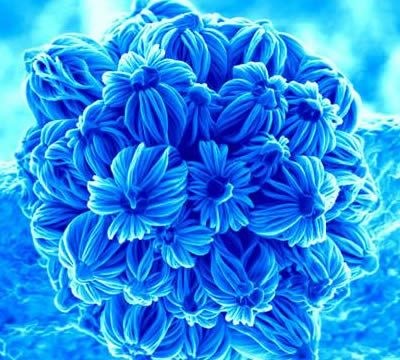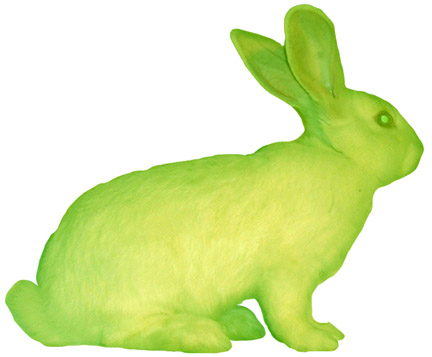
Above is a picture taken by the Hubble Space Telescope of the Crab Nebula. The Crab Nebula is the spectacular remnant of a star exploding as a supernova. It is so huge that it takes 6 years for light to travel from one end to the other. Even though the nebula is 6,500 light years away, Japanese and Chinese astronomers were able to view its first appearance to humanity 1,000 years ago. The same distance that prevented us from seeing it in its full glory fortunately also spared us from the destruction that comes with the energy release from a supernova.

The Hubble Space Telescope orbits above the Earth so that its atmosphere does not interfere with the view of the telescope.
In light of the newfound resplendence of nebulae, artists have created their own visions of them.

Jon Sandler, Nebula #2

Moonchilde-Stock, Lazarus Nebula
Space is a vast domain, and there is still much to be explored. Who knows what else we might find with our increasingly effective technology? Who knows what else artists might be inspired to create?
Sources
Moonchilde-Stock. "All Size Wallpapers: Lazarus Nebula Space Art Wallpaper." Lazarus Nebula Space Art. DeviantArt. Web. 29 May 2016.
NASA. "A Giant Hubble Mosaic of the Crab Nebula." HubbleSite. 1 Dec. 2005. Web. 29 May 2016.
Newcomb, Alyssa. "What Makes the Hubble Space Telescope So Special." ABC News. ABC News Network, 24 Apr. 2015. Web. 29 May 2016.
Sandler, Jon. "Nebula #2." School of Art Art History Design University of Washington. University of Washington. Web. 29 May 2016.
Vesna, Victoria. "Space + Art." UC Online. UCLA, 2012-2013. Web. 29 May 2016.







